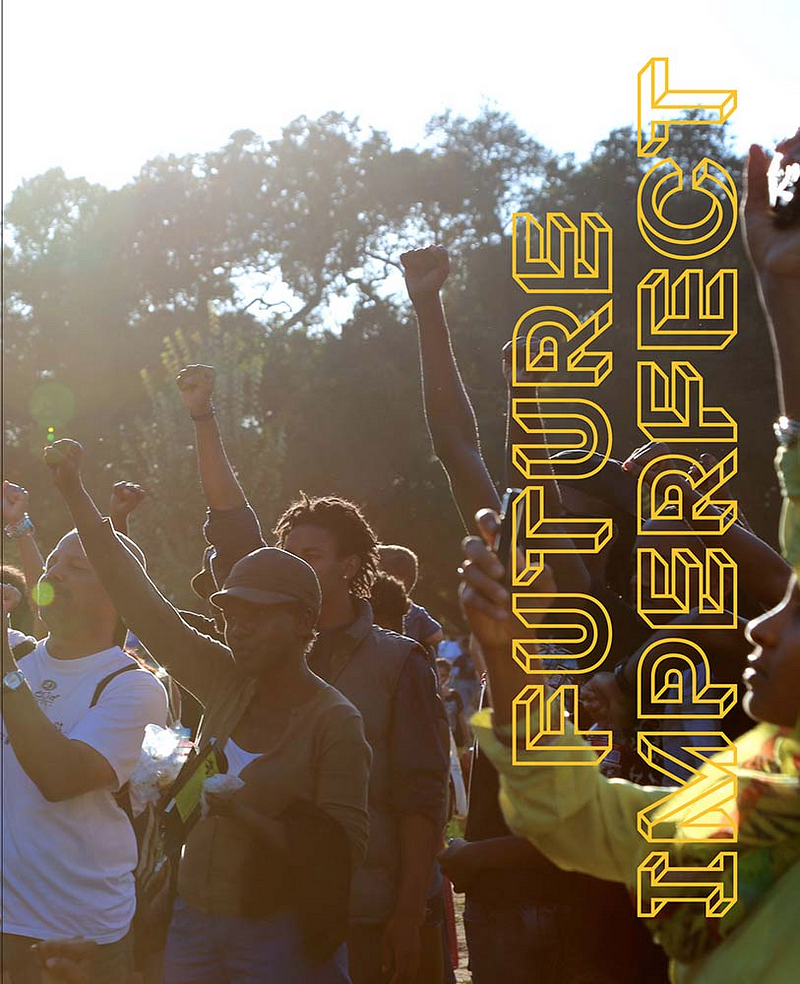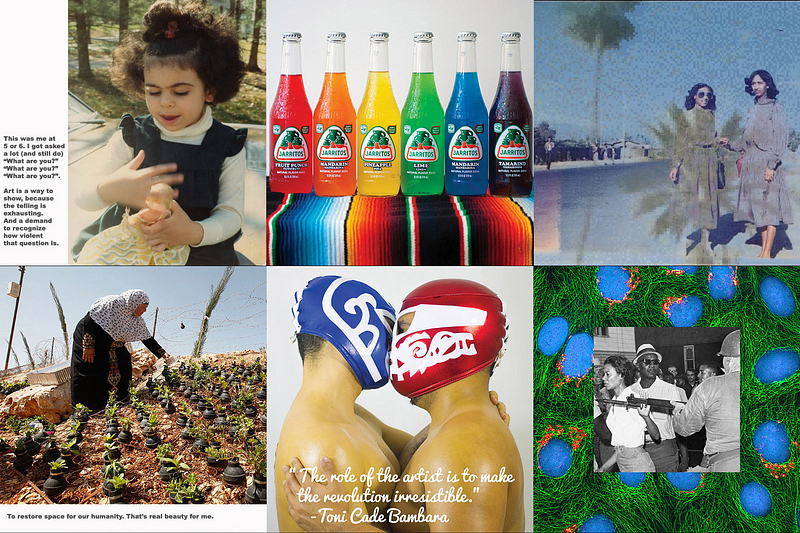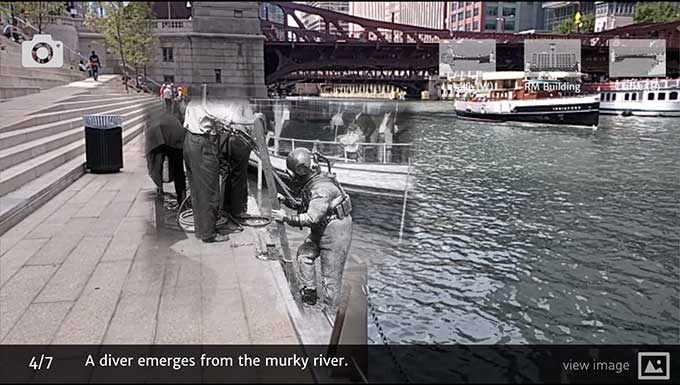
Immerse issue #6: On location-based stories
Each issue, we feature resources that build upon themes in the feature story. This month’s are curated by Sue Ding, a documentary filmmaker and researcher at MIT’s Open Documentary Lab, whose current work focuses on interactive, location-based, and collaborative approaches to storytelling.
Key elements: Place, collaboration, community
What’s it going to take to rebuild investigative reporting at the local level where newspapers have faltered? With Reveal Labs, the Center for Investigative Reporting is banking on collaboration—building “a series of partnerships across the country to form networks that help newsrooms find and tell tough stories, connect them to those most affected and bring them to a national audience.”

Future Imperfect is a brand-new book from A Blade of Grass, a nonprofit that funds socially engaged art and community media projects—Michael Premo of Sandy Storyline is on the board. The book combines examples of socially engaged art as well as scholarly writing on broad issues in the field — theory vs. practice, institutional roles, and impact.
Nearly two decades of work by Allied Media Projects explores and helps define the nine essential traits of media-based organizing.
What about our broader understanding of the importance of the local? In a seminal read from 1977, Space and Place: The Perspective of Experience, geographer Yi-Fu Tuan “considers the ways in which people feel and think about space, how they form attachments to home, neighborhood, and nation, and how feelings about space and place are affected by the sense of time.”
Key examples: Local media reimagined

The Laundromat Project: Based in the NYC neighborhoods of Bedford-Stuyvesant, Harlem, and Hunts Point/Longwood, this project selects and supports 20 artists each year to produce community-based projects, many of which are embedded in laundromats — everyday spaces that host a diverse cross-section of people.
Living Los Sures: Sparked by Diego Echeverria’s 1984 film exploring the challenges faced by the largely Puerto Rican and Dominican community residents of the Southside community, this mixed-media project picks up the thread by seeing what’s happened to some of the original characters and inviting local residents to tell their contemporary stories. Of note: the ongoing nature of the project, continued engagement with the community, and experimentation with different media approaches in each new phase.
Highrise: Directed by Kat Cizek, who’s a member of our editorial board, this ever-evolving multiplatform project explores “vertical living in the global suburbs.” Each iteration involves new and different ways of facilitating collaboration and working together with communities to tell the story.
Hollow: Now another classic of place-based storytelling, this interactive documentary exemplifies working with locals to figure out their needs, tell their stories, and create sustainable resources.
Radio Garden: This interactive web project allows users to tune into radio broadcasts across the globe. Creator Jonathan Puckey says “The main idea is to help radio makers and listeners connect with distant cultures and re-connect with people from home and thousands of miles away.” (Learn more from this NPR piece about it.)

The Chicago 00 Project: An augmented reality exploration of urban history, this is a partnership between the Chicago History Museum and filmmaker Geoffrey Alan Rhodes to “produce and publish a series of site-specific, multimedia experiences that showcase the Museum’s film, photo, and sound archive.”
The Anti-Eviction Mapping Project: This “data-visualization, data analysis, and storytelling collective documenting the dispossession of San Francisco Bay Area residents in the wake of the Tech Boom 2.0” includes digital maps, oral history work, film, murals, and community events.
Key tools: Build something new
Hearken—incubated via the Localore initiative featured in this month’s feature story—offers tools and frameworks for newsrooms seeking to open their reporting process to community members. Check out their latest release, the Open Notebook.
Roundware helps makers create contributory, location-based audio installations. Participants walk through a soundscape of music and spoken fragments, and can record their own to add to the piece.
Immerse is an initiative of Tribeca Film Institute, MIT Open DocLab and The Fledgling Fund. Learn more about our vision for the project here.